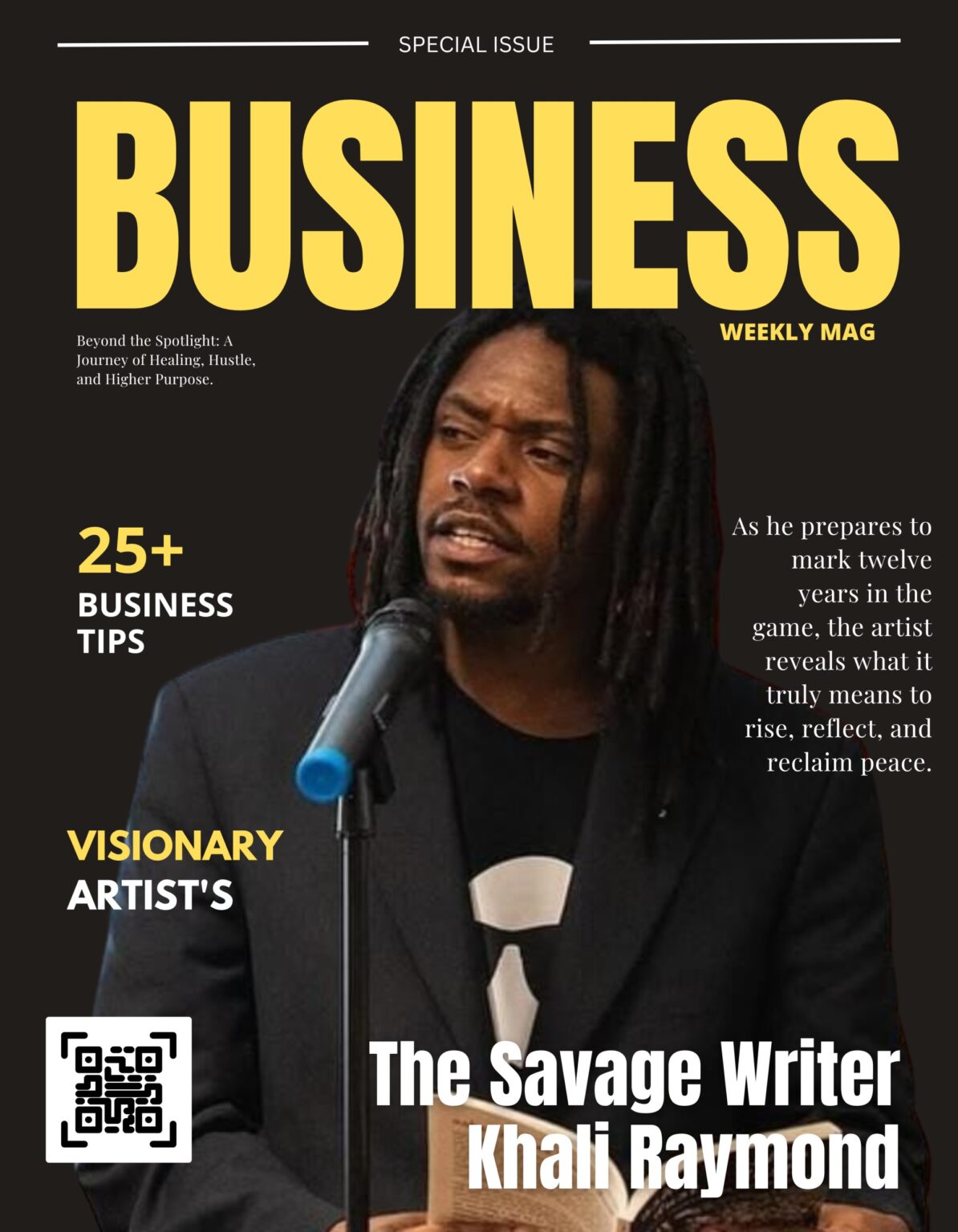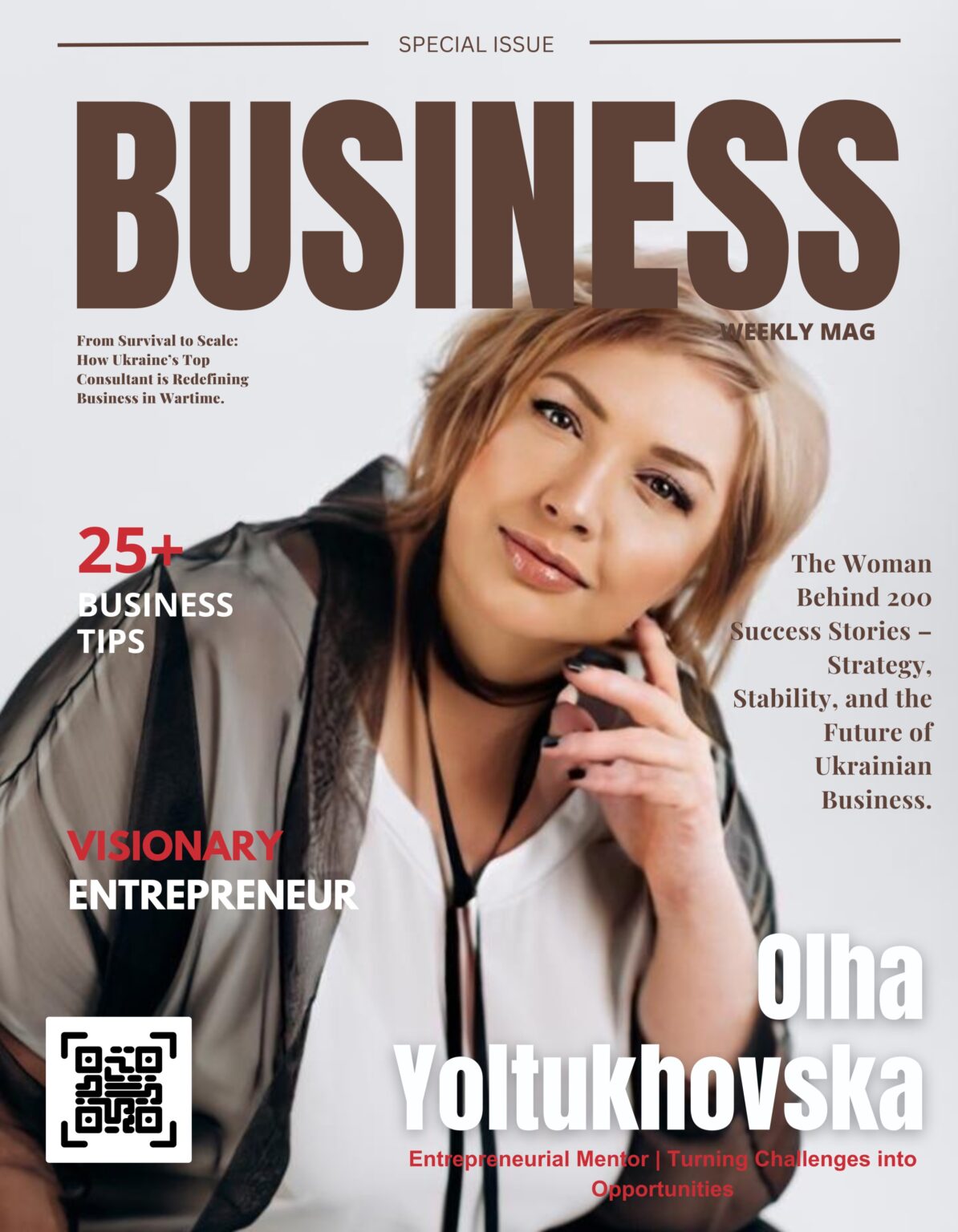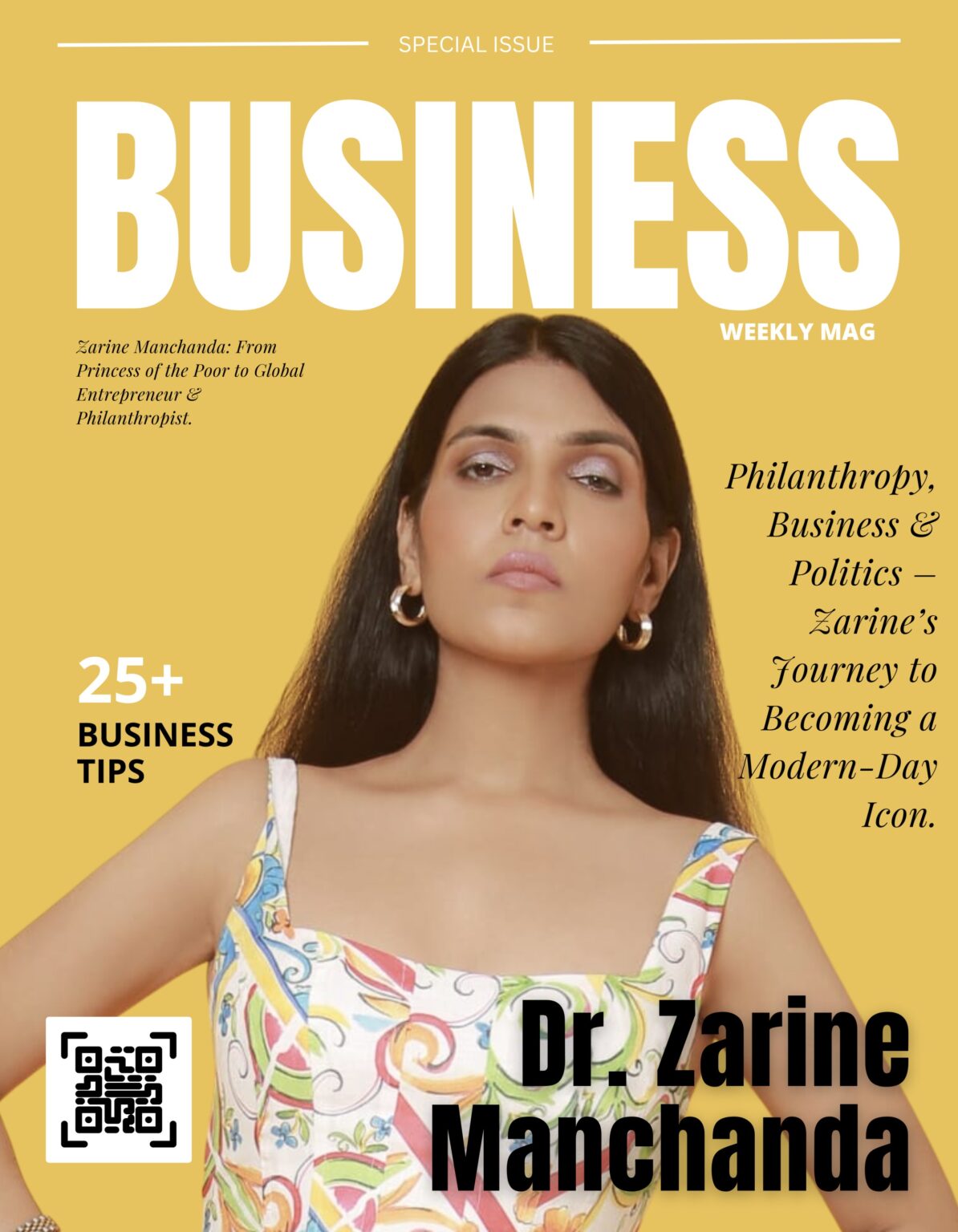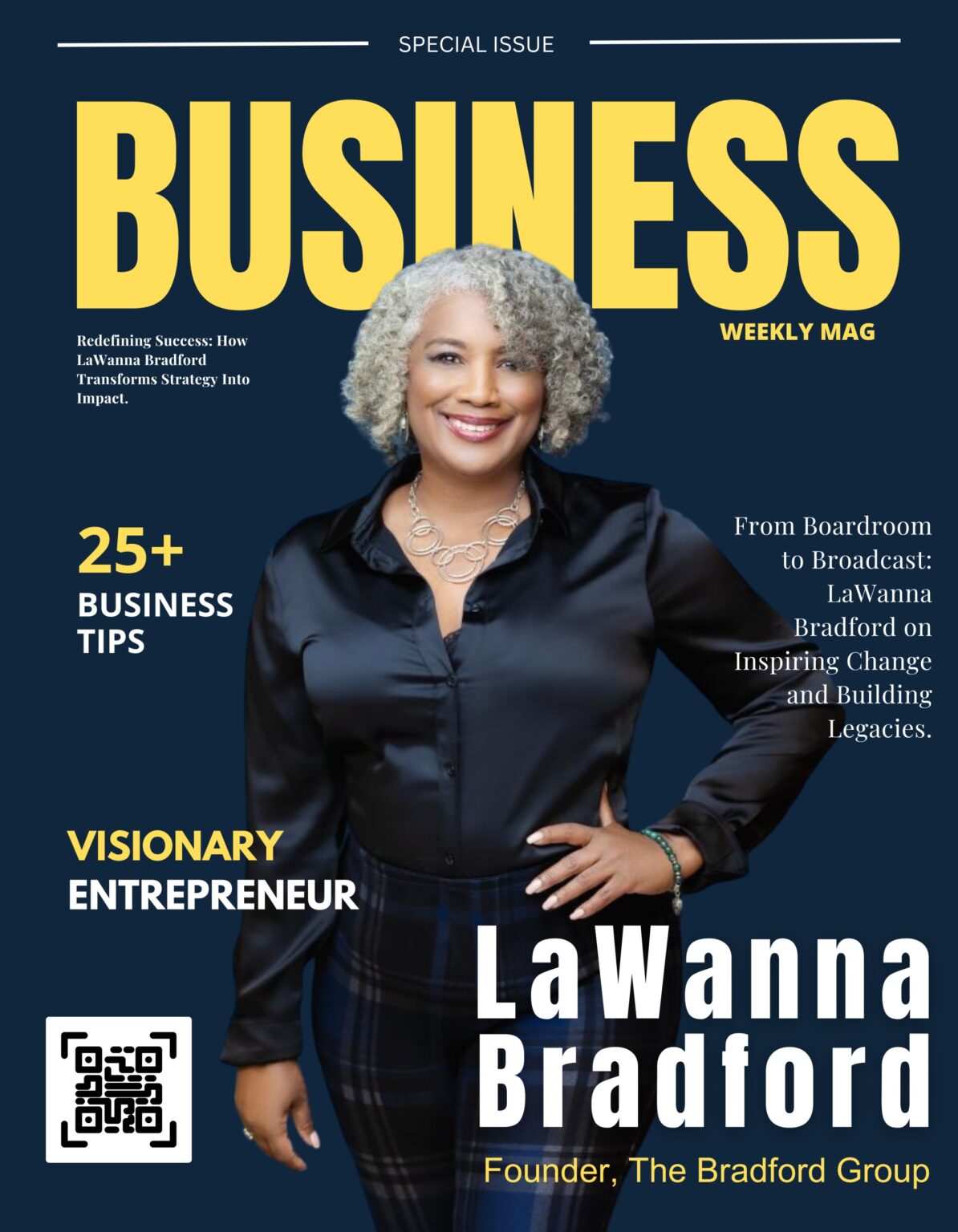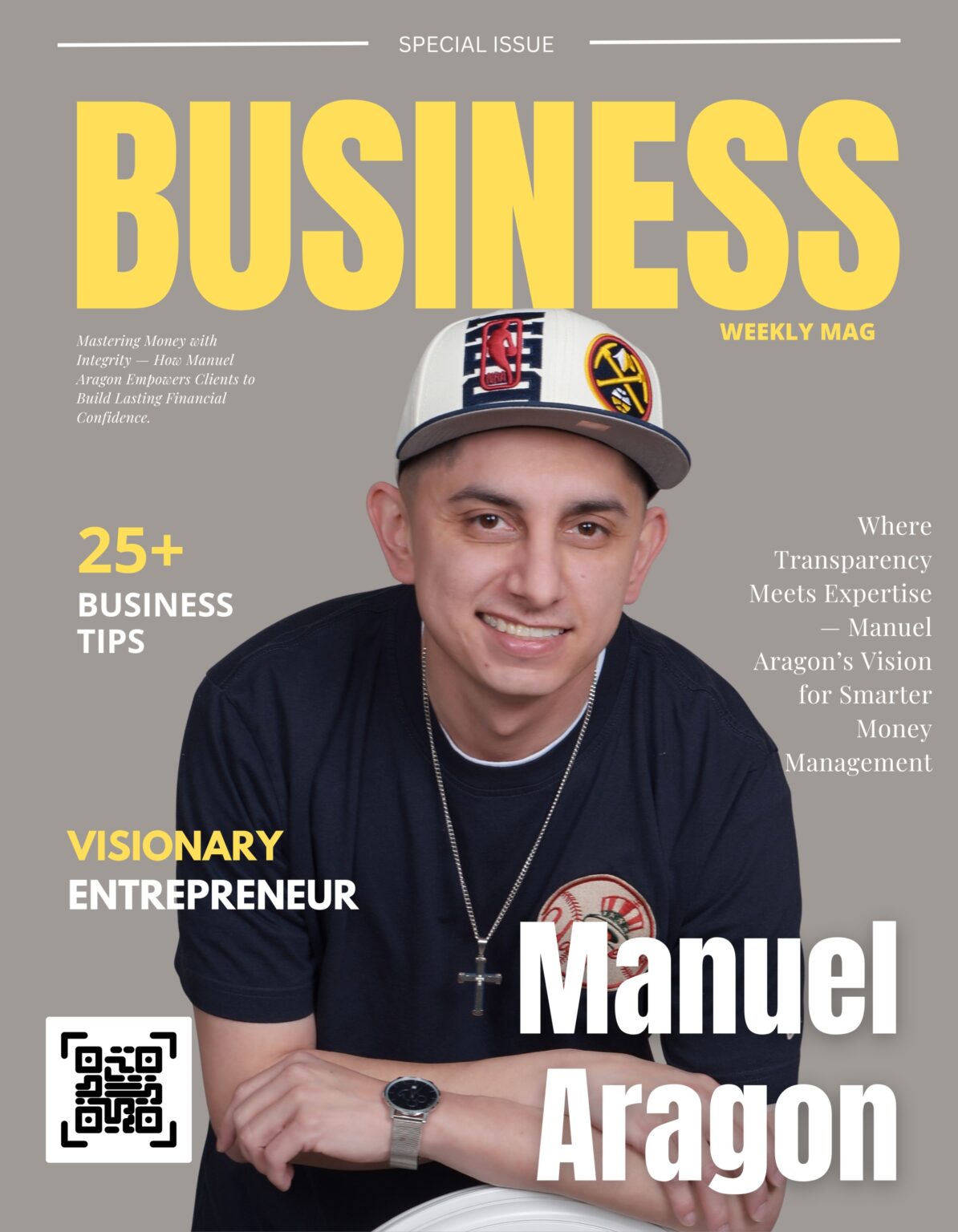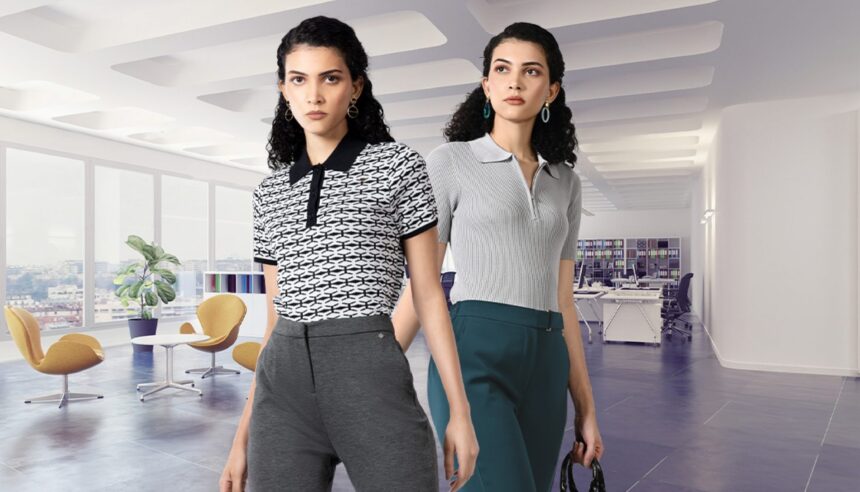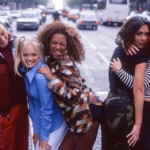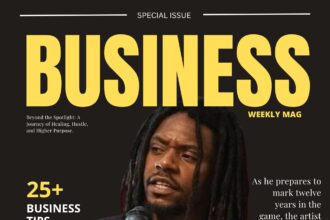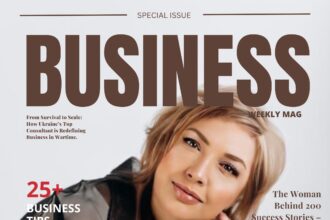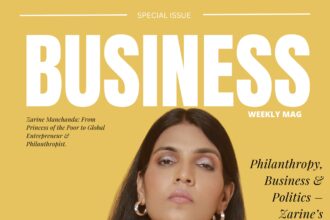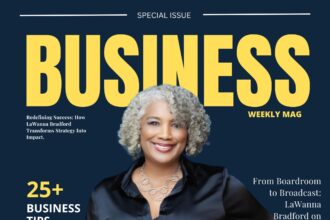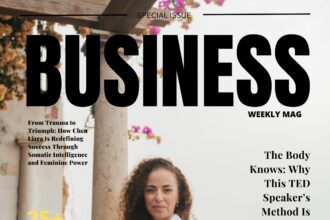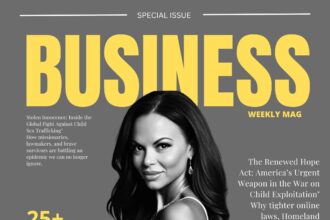Introduction
Gone are the days when “power dressing” only meant stiff suits and monochrome palettes. Today’s interpretation of power dressing is dynamic, expressive, and personal, reflecting the changing definitions of success, leadership, and empowerment.
The Origin of Power Dressing
Power dressing emerged during the 1970s and 80s as women entered corporate environments in greater numbers.
Sharp-shouldered suits, dark colors, and minimal accessories aimed to mirror traditional male attire, asserting authority in male-dominated spaces.
How Power Dressing Has Changed
In today’s workplaces and social spheres, the narrative is different:
- Expression Over Conformity: Bold colors, patterns, and textures are celebrated.
- Comfort Equals Confidence: Tailored fits are balanced with comfort-centric designs.
- Inclusivity: Power dressing embraces diverse identities and body types.
New Staples of Power Dressing
- Statement Blazers: Vibrant colors, oversized silhouettes.
- Luxury Sneakers: Comfort-driven style without compromising prestige.
- Minimalist Jewelry: Understated yet commanding accessories.
- Versatile Dresses: Structured yet fluid silhouettes.
Power Dressing for Women and Men
Both genders are redefining dressing norms:
- Women: Embracing femininity through flowy suits, heels, and colors.
- Men: Breaking boundaries with softer fabrics, jewelry, and relaxed tailoring.
Fashion now allows individuals to dress for the role they envision for themselves, not the one society dictates.
How Celebrities Influence Power Dressing
Public figures like Zendaya, Harry Styles, and Timothée Chalamet are reshaping how success and confidence are portrayed through fashion, proving that true power comes from authenticity.
Conclusion
Power dressing in 2025 isn’t about fitting into a mold—it’s about dressing in a way that amplifies your unique strength, personality, and ambition. Fashion is now an empowering tool for self-expression at every level of life.

